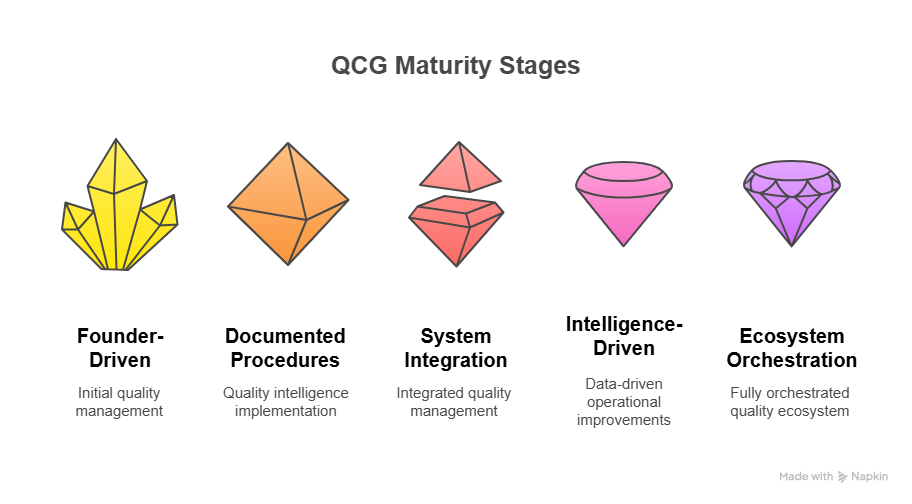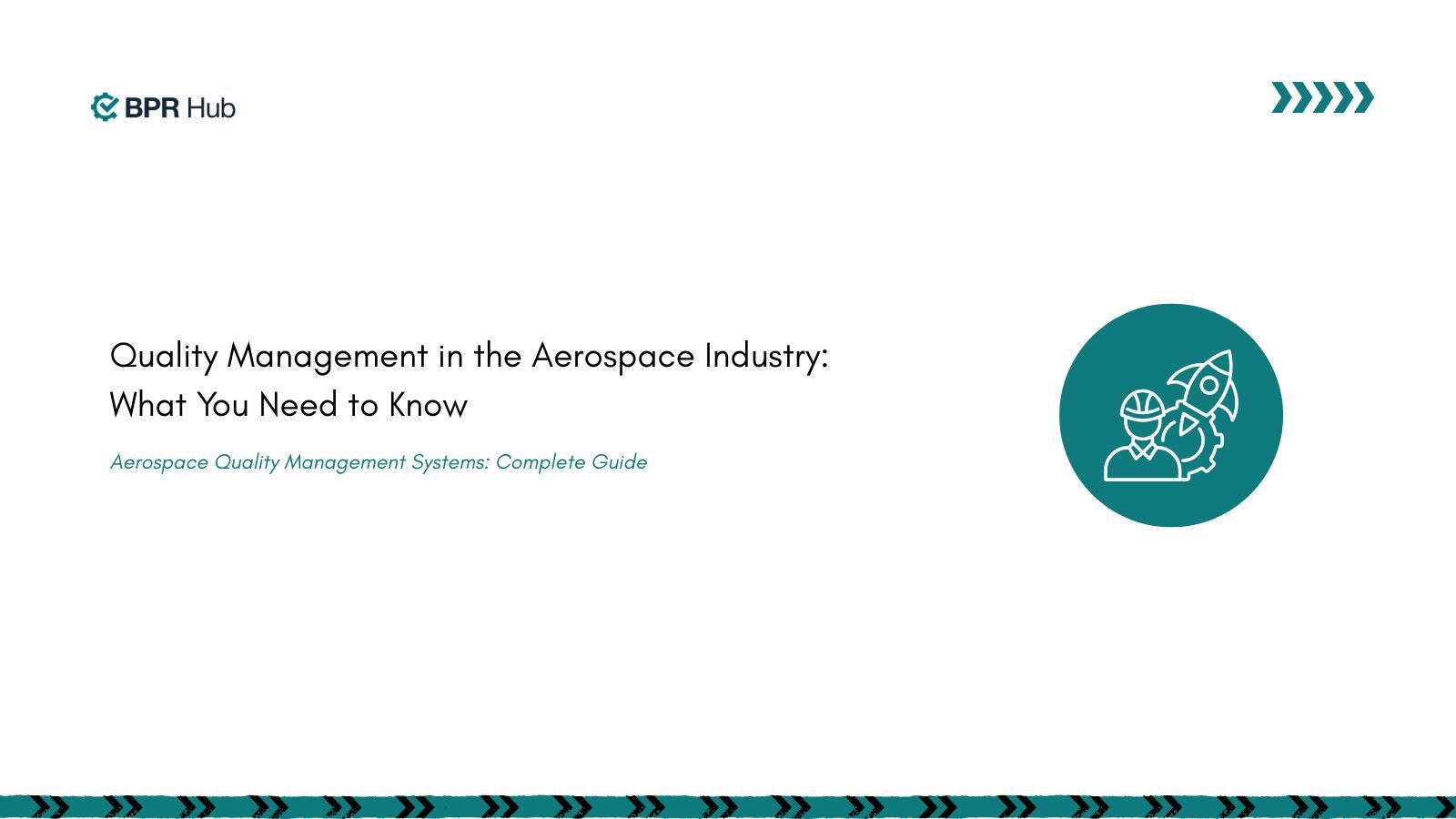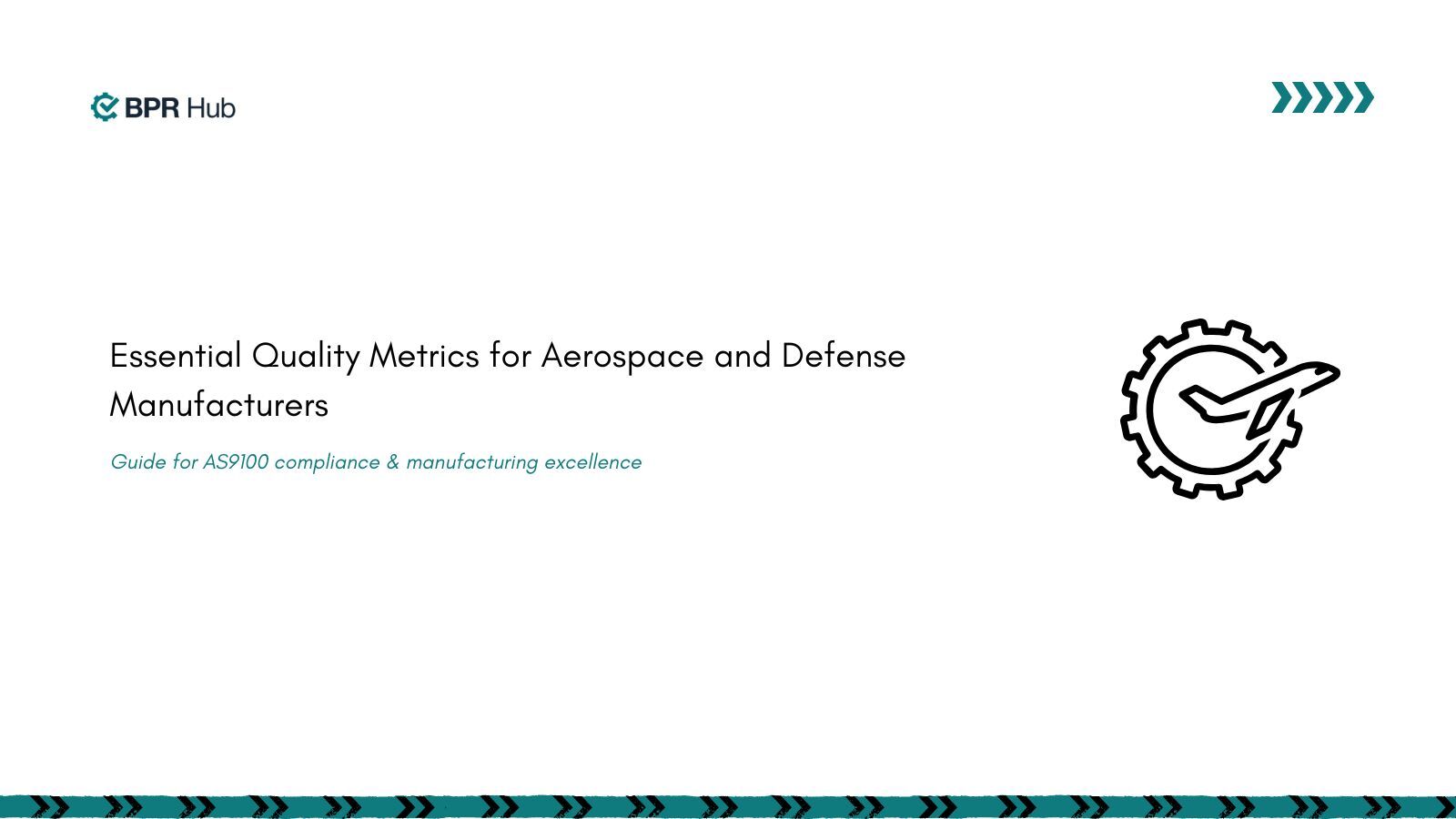The startup's first FDA audit was flawless. With 50 employees and one product line, their quality system was lean, focused, and effective. Every process was understood by everyone, every document was current, and every decision could be traced back to the founders' personal knowledge.
Two years and 500 employees later, that same company was drowning in quality chaos. Multiple product lines, international markets, and complex supply chains had turned their elegant quality system into a bureaucratic monster. What worked at startup scale was actively hindering growth-stage success.
The problem wasn't that they grew too fast—it was that their quality intelligence approach didn't grow at all. They scaled their operations without scaling their quality intelligence.
This is the hidden challenge of manufacturing growth: the quality, compliance, and governance systems that enable initial success often become the barriers to sustained expansion. But it doesn't have to be this way.
The Growth Paradox in Quality Management
Most manufacturers treat quality system development like climbing a ladder—each step builds directly on the previous one in a linear progression. But growth doesn't happen linearly. It happens in jumps, pivots, and sudden accelerations that can overwhelm linear quality intelligence systems.
Consider the typical growth trajectory. At the startup stage, quality management for manufacturers is personal—the founder knows every supplier, understands every process, and can spot quality issues through intuition and experience. This works brilliantly until it becomes impossible for one person to maintain oversight of everything.
At the growth stage, companies typically respond by adding more people to do the same things. More quality engineers, more documentation, more procedures, more oversight. They're scaling the system that got them here rather than evolving to the system that will get them there.
The result is quality system bloat—exponentially increasing overhead with diminishing returns on quality outcomes. You end up with more people managing quality, but less actual quality intelligence.
📍 Book a Demo
📧 hello@bprhub.com
The Five Stages of QCG Maturity

Quality, Compliance, and Governance maturity doesn't follow a simple progression from bad to good. It's a deliberate evolution through five distinct stages, each requiring different approaches, different tools, and different organizational capabilities.
Stage 1: Founder-Driven Quality Management for Manufacturers
Characteristics: Personal oversight, informal processes, tribal knowledge
Typical Size: 5-50 employees, single product or market
Quality Approach: Reactive, based on experience and intuition
At this stage, quality management for manufacturers is managed through personal relationships and direct oversight. The founder or quality leader knows every supplier personally, understands every process intimately, and can identify quality issues through experience and instinct.
This approach is highly effective at a small scale because decision-making is fast, knowledge transfer is immediate, and course correction happens naturally. Problems get solved through direct communication rather than formal processes.
The Trap: Companies try to maintain this approach as they grow, leading to quality bottlenecks and founder burnout.
Stage 2: Documented Procedures with Quality Intelligence
Characteristics: Written processes, formal training, basic compliance systems
Typical Size: 50-150 employees, expanding product lines
Quality Approach: Process-focused, documentation-heavy
Growth forces the transition to formal systems. Companies document existing processes, create training programs, and implement basic quality management systems. This is where most companies get their first formal QMS implementation.
The focus shifts from personal knowledge to documented knowledge. Procedures get written, work instructions get created, and formal audit processes begin. Compliance becomes a significant consideration for the first time.
The Trap: Over-documentation leads to bureaucracy without quality intelligence. Companies document everything but learn nothing.
Stage 3: System Integration for Quality Management for Manufacturers
Characteristics: Connected processes, cross-functional coordination, risk-based thinking. Typical Size: 150-500 employees, multiple markets or standards
Quality Approach: Systems-focused, prevention-oriented
Smart companies recognize that documented procedures alone aren't sufficient for complex operations. They begin integrating quality, compliance, and governance systems with other business functions and implementing risk-based approaches to quality management.
Cross-functional teams emerge, supplier relationships become strategic partnerships, and quality metrics start driving business decisions. The organization starts treating quality intelligence as a competitive advantage rather than just a compliance requirement.
The Trap: Integration complexity can overwhelm organizations that try to connect too many systems too quickly without a proper intelligence infrastructure.
Stage 4: Intelligence-Driven Operations
Characteristics: Predictive analytics, automated insights, proactive risk management
Typical Size: 500+ employees, global operations, multiple standards
Quality Approach: Data-driven, predictive, strategic
This is where Quality, Compliance, and Governance reach maturity. Organizations use integrated data to predict quality issues, optimize processes proactively, and make strategic decisions based on quality intelligence rather than quality reporting.
Artificial intelligence and machine learning enable pattern recognition that human analysis cannot achieve. Quality systems generate insights that drive innovation, competitive positioning, and market expansion strategies.
The Success Factor: Organizations that reach this stage have built learning systems that become smarter with every data point and every decision.
Stage 5: Ecosystem Orchestration
Characteristics: Partner integration, supply chain intelligence, market responsiveness
Typical Size: Complex organizations with extensive partner networks
Quality Approach: Ecosystem-wide, collaborative, adaptive
The most mature organizations extend their quality intelligence beyond their own operations to orchestrate quality across entire ecosystems. Suppliers, partners, and even customers become part of an integrated quality intelligence network.
These companies don't just manage their own quality—they elevate the quality management for manufacturers across entire industries through their ecosystem approach. They set standards that others follow and create competitive moats through quality leadership.

The Scaling Traps That Kill Growth in Quality Management for Manufacturers
Each maturity transition presents specific traps that can derail growth if not navigated carefully. Understanding these traps is crucial for maintaining momentum through quality system evolution.
The Documentation Explosion Trap
Between stages 1 and 2, many companies respond to growth by documenting everything. They create procedures for procedures, forms for forms, and checklists for checklists. Documentation becomes an end in itself rather than a means to a better quality intelligence outcomes.
A medical device company we studied created 847 procedures in its first year of formal quality system implementation. Within 18 months, maintaining those procedures consumed more resources than the actual manufacturing processes they were supposed to improve.
The Solution: Document for quality intelligence, not just compliance. Every procedure should generate insight that improves decision-making, not just provide audit evidence.
The Integration Overwhelm Trap
Between stages 2 and 3, companies often try to integrate everything at once. They launch massive ERP implementations, attempt to connect all quality systems simultaneously, and try to create perfect data flow across all functions.
The complexity overwhelms the organization's ability to manage change, leading to system failures, user resistance, and often regression to previous stages.
The Solution: Integrate strategically, starting with the highest-impact connections. Focus on quality intelligence generation rather than system perfection.
The Technology-First Trap
Between stages 3 and 4, organizations often assume that better technology automatically creates better quality intelligence. They invest in sophisticated analytics platforms without building the organizational capability to use them effectively.
The result is expensive systems that generate reports nobody reads and insights nobody acts upon in their quality management for manufacturing processes.
The Solution: Build analytical capability alongside technological capability. Intelligence requires both good data and good decision-making processes.
The Fast Track: Accelerating QCG Maturity
While most companies evolve through these stages over many years, smart manufacturers can accelerate their maturity progression by learning from others' experiences and implementing quality intelligence-first approaches from earlier stages.
Start with Intelligence Architecture
Instead of building documentation systems that you'll later try to make intelligent, design for quality intelligence from the beginning. Ask what decisions you need to make better, what patterns you need to recognize earlier, and what insights would create a competitive advantage in quality management for manufacturers.
Then build systems that generate those insights as a byproduct of normal operations rather than as a separate analytical exercise.
Implement Cross-Stage Quality, Compliance, and Governance Capabilities
You don't have to wait until Stage 4 to use predictive analytics or until Stage 5 to integrate with suppliers. Modern quality, compliance, and governance technology platforms enable smaller companies to implement advanced capabilities earlier in their maturity progression.
A 75-person aerospace components manufacturer implemented predictive quality analytics that larger competitors were still struggling with. Because they started with intelligence architecture, they could leapfrog traditional maturity limitations.
Focus on Learning Velocity in Quality Intelligence
The fastest-growing manufacturers aren't the ones with the most sophisticated initial systems—they're the ones with the highest learning velocity in quality intelligence. They implement, measure, learn, and adapt faster than competitors.
Build quality, compliance, and governance systems that are designed to evolve rather than systems that are designed to be perfect. The goal is continuous intelligence improvement, not final system completion.
The Competitive Advantage of Accelerated Maturity
Companies that reach Stage 4 or 5 maturity create sustainable competitive advantages that are difficult for less mature competitors to replicate. Their quality systems become strategic assets that enable faster innovation, more confident expansion, and more resilient operations.
Consider two companies in the same market. Company A has Stage 2 maturity—good documentation, solid procedures, passing audit scores. Company B has Stage 4 maturity—predictive quality intelligence, integrated operations, proactive risk management.
When market conditions change, Company A responds by updating procedures and retraining staff. Company B's quality intelligence systems automatically identify implications, suggest optimizations, and enable rapid adaptation. The maturity difference becomes a market advantage.
Your QCG Maturity Assessment
Where is your organization today? Here's a quick assessment to identify your current stage and next evolution steps:
Stage 1 Indicators: Quality decisions depend on specific individuals, problems are addressed reactively, and growth is limited by key person dependencies in quality management for manufacturers.
Stage 2 Indicators: Procedures exist for most processes, training programs are formal, audit performance is good, but insight generation is limited.
Stage 3 Indicators: Systems talk to each other, cross-functional teams exist, risk-based approaches are implemented, and quality drives some business decisions.
Stage 4 Indicators: Data predicts problems before they occur, insights drive strategic decisions, quality intelligence creates competitive advantage, and systems learn and improve automatically.
Stage 5 Indicators: Partners are integrated into quality intelligence networks, industry standards are influenced by your practices, and ecosystem-wide optimization occurs.
Most growth-stage manufacturers are stuck between Stages 2 and 3—they have good documentation but limited intelligence. The companies that will dominate their markets are the ones making the jump to Stage 4 intelligence-driven operations.
Building Your Evolution Strategy
QCG maturity doesn't happen by accident—it requires intentional evolution through each stage with a clear understanding of what you're building toward. The goal isn't just to pass the next audit or meet the next compliance requirement. The goal is to build quality intelligence that creates sustainable competitive advantage.
Start by honestly assessing your current quality, compliance, and governance maturity stage. Then identify which Stage 4 capabilities would create the most competitive advantage for your specific situation. Finally, build a progression plan that accelerates your maturity development without overwhelming your organization's change capacity.
The manufacturers that will thrive in the next decade won't be the ones with the best compliance scores today. They'll be the ones who most effectively evolve their quality intelligence to match their growth ambitions.
Ready to accelerate your QCG maturity? Discover how integrated Quality, Compliance & Governance enables growth without chaos at any scale.
📍 Book a Demo
📧 hello@bprhub.com
Frequently Asked Questions
What is Quality, Compliance, and Governance maturity, and why does it matter for manufacturers?
Quality, compliance, and governance maturity refer to how sophisticated and intelligent a manufacturer's quality systems are in driving business decisions. It matters because companies with higher maturity levels can scale operations without losing quality control, make predictive decisions rather than reactive fixes, and turn their quality intelligence into competitive advantages that directly impact profitability and market position.
How long does it take to progress through the QCG maturity stages?
Most manufacturers naturally evolve through Quality Compliance Governance stages over 5-10 years, but smart companies can accelerate this timeline to 2-3 years by implementing quality intelligence architecture early. The key is building systems designed for learning and adaptation rather than just compliance, allowing quality management for manufacturers to leapfrog traditional progression limitations.
What's the biggest mistake manufacturers make when scaling their quality systems?
The biggest mistake is trying to scale Stage 1 approaches instead of evolving to higher Quality Compliance Governance maturity. Companies add more people doing the same manual processes rather than building quality intelligence systems that generate insights automatically, leading to exponentially increasing overhead with diminishing returns on quality outcomes.
Can smaller manufacturers implement Stage 4 quality intelligence capabilities?
Yes, modern Quality Compliance Governance platforms enable smaller manufacturers to implement advanced quality intelligence capabilities earlier than traditional maturity models suggest. A 75-person company can use predictive analytics and integrated systems that larger competitors struggle with, provided they design for intelligence from the beginning rather than retrofitting documentation-heavy systems.
How do I know if my quality system is ready for the next maturity stage?
Assess whether your current quality management for manufacturers approach is enabling or limiting growth. If quality decisions still depend on specific individuals, you're at Stage 1. If you have good documentation but limited predictive capability, you're at Stage 2. True readiness for advanced Quality Compliance Governance means your systems generate actionable insights that drive strategic business decisions, not just audit compliance.
Get insights that help you minimize risks and maximize profits.
Dive deeper into manufacturing compliance with our free resources.
We get it, compliance can get tough.
Here are some additional resources to help.
We get it, compliance can get tough. Here are some additional resources to help.
Get updates in your inbox

.svg)
%20(1).svg)





%20(1).svg)

.avif)

